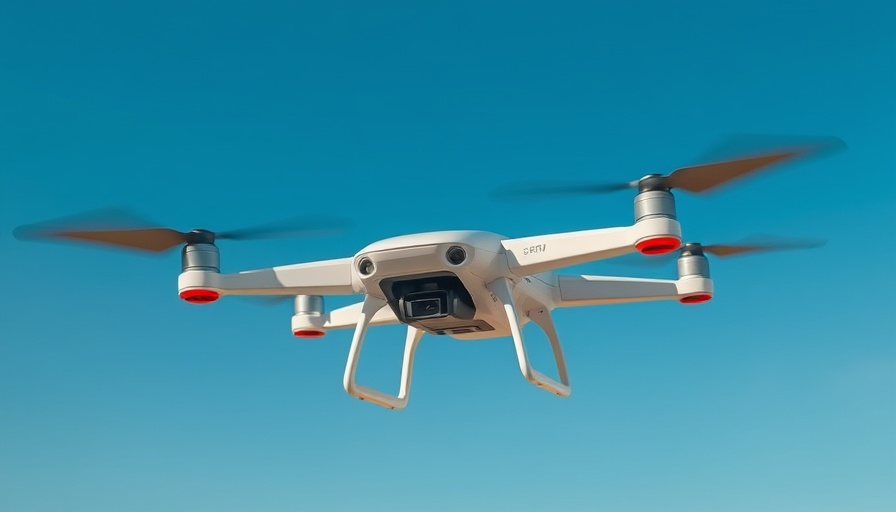
Revolutionizing Drone Technology: The Parrot ANAFI Ai
The Parrot ANAFI Ai aims to redefine what is possible in drone technology, primarily targeting commercial applications. Positioned as the first 4G connected drone, this remarkable device addresses one of the most significant limitations of existing UAVs: connectivity range. With a design inspired by nature, the ANAFI Ai is not just about looks—its capabilities are truly groundbreaking.
What Makes the ANAFI Ai Stand Out?
Unlike traditional drones that rely on Wi-Fi for control, the Parrot ANAFI Ai utilizes 4G LTE connectivity, enabling flight beyond the visual line of sight. This innovation, made possible through a collaboration between Parrot and Verizon Skyward, ensures that the drone can operate where many others fail, granting it an unprecedented range and flexibility. This is crucial for industries like construction and real estate where the need for comprehensive inspections over large areas is a daily requirement.
A Closer Look at the Features
The ANAFI Ai comes equipped with advanced features that cater specifically to professionals. The 48MP main camera, along with stereoscopic cameras, offers 360-degree obstacle detection, enhancing operational safety. Parrot’s design considers the complete user experience—users interact with the drone via the open-source FreeFlight app, ensuring that they have essential control at their fingertips.
Enterprise-Grade Connectivity: A Game Changer
The drone's 4G capability is a crucial selling point. Now commercial operators can benefit from consistent connectivity, allowing them to fly in previously challenging environments, like areas blocked by buildings or difficult terrain. For professional operators who depend on connectivity for their operations, the option of pairing the ANAFI Ai with Verizon's robust LTE network is revolutionary. Subscription packages range from $25 monthly to $998 annually, accommodating various business needs.
Preparing for Real-World Applications
The market for the ANAFI Ai extends across various sectors, from photogrammetry to agricultural inspections and infrastructure monitoring. Its design, complemented by a hard case and chargers, makes it a reliable choice for professional usage. Parrot's collaborations with a number of partners, including DroneLogbook and PIX4D, indicate that the ANAFI Ai is well-positioned to integrate seamlessly into existing workflows.
Challenges and Considerations
However, potential buyers should also weigh the challenges that come with this advanced technology. Should users find themselves in an area lacking robust 4G coverage, they must rely on the backup Wi-Fi connection that the ANAFI Ai provides. This could potentially restrict the drone's functionality in remote regions, which could be a drawback for some enterprise operators.
Conclusion: Is the ANAFI Ai Worth It?
With a pre-order price tag of $4,000, the Parrot ANAFI Ai certainly makes a serious investment for enthusiasts and professionals alike. Yet, for those who need high-quality data collection combined with expansive operational range, the potential return on investment could prove substantial. As the landscape for UAV technology evolves, the capabilities presented by the ANAFI Ai could lead to broader transformations in industry operations.
If you’re contemplating the addition of the Parrot ANAFI Ai to your drone lineup, take the time to assess your needs and consider how this technology can enhance your projects. Embracing advancements in connectivity and operational capabilities will position you ahead in your field.
 Add Row
Add Row  Add
Add 




Write A Comment